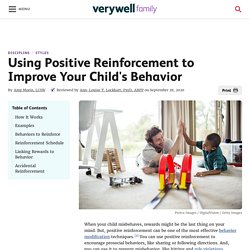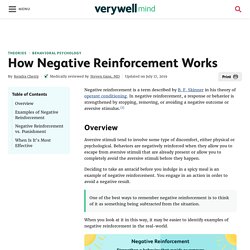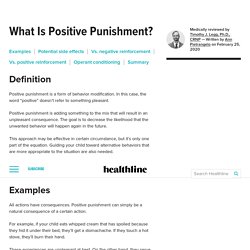

Parents Play an Important Role in Shaping Adolescent’s Behavior. Parents Play an Important Role in Shaping Adolescent’s Behavior Adolescence is often thought to be from ages 13 to 18, but current research is more likely to consider 10 to 25 an adolescent due to continued brain development.

Many parents of adolescents might find themselves asking “Does my child care what I think?” The answer is your child probably cares a great deal about what you think. You play an important role in shaping your adolescent’s behavior. Teens who say their parents warned them about drug use and set clear rules are less likely to use drugs. Parents' Role in Shaping Adolescent's Behaviour. Parents, family relationships & teenagers. Barnes, G.M., Hoffman, J.H., Welte, J.W., Farrell, M.P., & Dintcheff, B.A. (2006).

Effects of parental monitoring and peer deviance on substance use and delinquency. Journal of Marriage and the Family, 68, 1084-1104. Guan, S-S.A., & Fuligni, A.J. (2016). Relationship between Parents and Teenagers. Teens talk: relationships with parents. Teens talk about Relationship with Parents. Reinforcement and Punishment (Positive and Negative) - Examples and Explanation. Basic consequences of behavior reinforcement vs punishment. Reinforcement and Punishment. Positive vs Negative Reinforcement in ONE Minute. Positive Reinforcement - Tips for teaching and parenting.
Using Positive Reinforcement to Improve Behavior. When your child misbehaves, rewards might be the last thing on your mind.

But, positive reinforcement can be one of the most effective behavior modification techniques.1 You can use positive reinforcement to encourage prosocial behaviors, like sharing or following directions. And, you can use it to prevent misbehavior, like hitting and rule violations. Positive reinforcement can also be an effective way to encourage and motivate your child to be responsible, do their chores, get along with their siblings, or complete their homework assignments without arguing.
How Positive Reinforcement Works. Positive Reinforcement. Negative Reinforcement. Negative Reinforcement and Operant Conditioning. Negative reinforcement is a term described by B.

F. Skinner in his theory of operant conditioning. In negative reinforcement, a response or behavior is strengthened by stopping, removing, or avoiding a negative outcome or aversive stimulus.1 Overview. Negative Reinforcement. Positive and negative punishment. Positive Punishment. Positive Punishment: What It Is, Benefits, and Examples. Positive punishment is a form of behavior modification.

In this case, the word “positive” doesn’t refer to something pleasant. Positive punishment is adding something to the mix that will result in an unpleasant consequence. Positive Punishment. Negative Punishment. What is Negative Punishment (Examples and Effectiveness) In this article, we will review negative punishment, its definition, examples, and drawbacks.

American psychologist B.F. Skinner developed the theory of operant conditioning, which stated that a person or animal’s behavior could be increased or decreased by adding or removing appropriate stimuli after the behavior is exhibited. The difference between classical conditioning and operant conditioning is that classical affects unconscious behavior, while operant affects conscious behavior.
Negative Punishment.